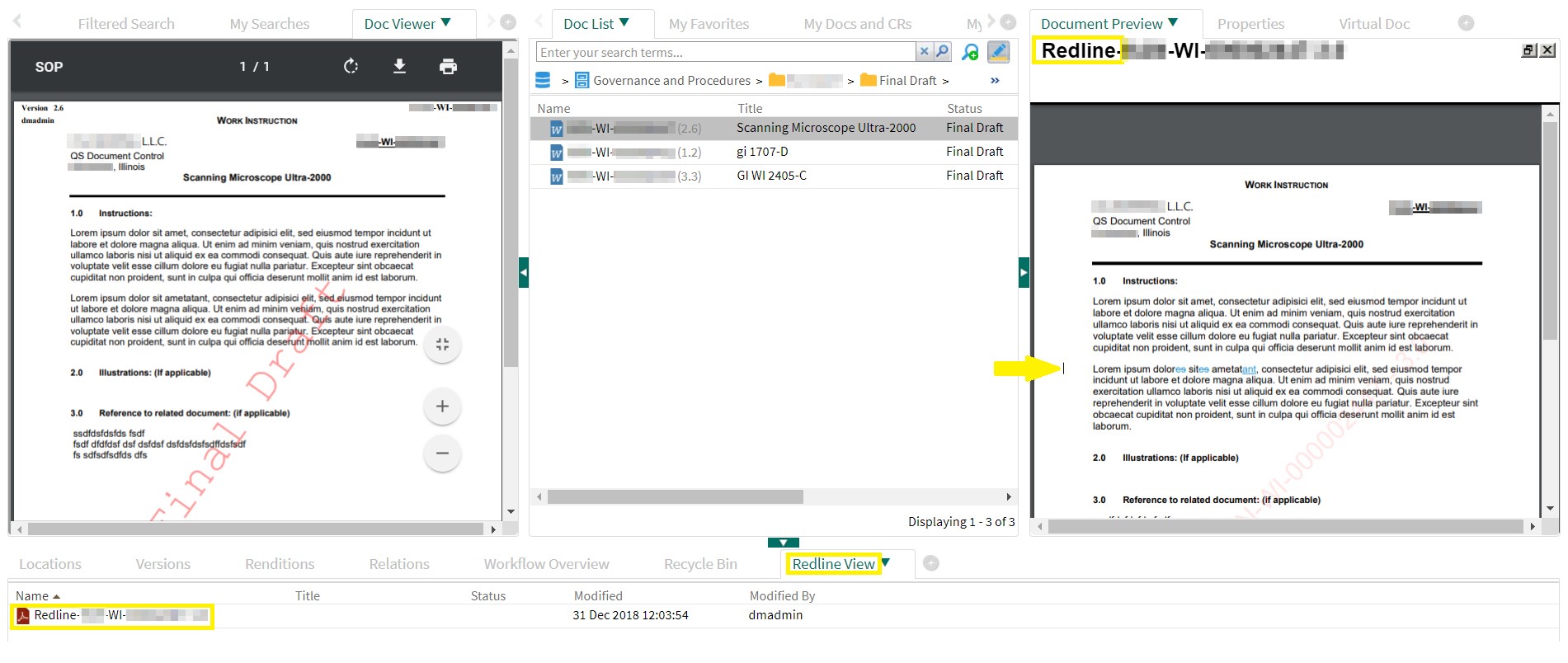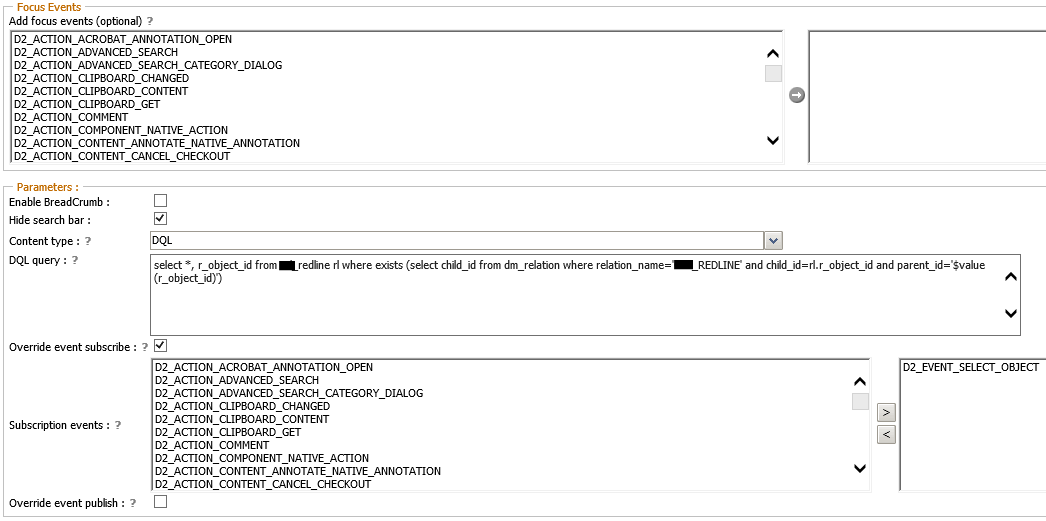In the regulated life sciences environment, the management of controlled documents such as SOPs (Standard Operating Procedures), procedural instructions or work instructions is of great importance. Change management processes ensure that these documents are properly reviewed, approved, trained, distributed and, if necessary, overruled. In addition to well-known use cases within change management, there are special cases that are designed differently from company to company.
One of these applications is so-called Redlining [1].
Case study
In a laboratory, the magnetic coil of a scanning electron microscope must be replaced. This slightly changes the way the microscope is operated. This change is also reflected in the corresponding work instructions for the instrument: The work instructions must undergo a change procedure.
The last step in the long series of electronic approvals in the company’s document management system (DMS) is the approval by one or more quality officers. The quality manager signs the work instructions electronically in the DMS. At the same time, the DMS usually provides a PDF view of the document, which enables the quality manager to view the document before signing it. – Often the following difficulty is revealed: The actual change, i.e. the revised passage within the extensive document, is not immediately apparent, as it may only be a single sentence. Although an approximate description of the document change should – according to the change management process – be apparent from the associated change request, the quality manager often has little time in his day-to-day business to follow such a change process meticulously. For this purpose, the DMS provides a further view in addition to the “normal” PDF view, which visually identifies the changes in the document content. In the case of the OpenText Life Sciences solution, this is done using the “Track Changes” feature in Microsoft Word.
Solutions from the user point of view (excerpt)
Example of the screen view of a quality representative:

On the left hand side, the document content of the work instruction in “Final Draft” status, i.e. after the revision has been completed, but before the electronic approval, including the corresponding watermark.
Right hand side the document content in “Track Changes” view: The changes to be approved can be recognized by the approver at a glance. The term “Redline” precedes the original document name and a watermark is applied.
Technical implementation (excerpt)
The outlined solution is implemented on the basis of OpenText Documentum for Life Sciences. The redlining functionality is seamlessly integrated into the Life Sciences solution through customer-specific adaptations at D2 level.
Document coordinators and technical authors work together to revise the document according to the company’s own document processes. The DMS ensures that the authors in particular are forced to use the “Track Changes” function and cannot deactivate it.
During the status transition from “Draft” to “Final Draft”, i.e. after completion of the revision, a Documentum Server method creates a copy of the original document (including “Track Changes”) in the background. A Documentum relation links the copy to the original document. The Word function “Accept all changes” is then automatically executed on the original document and a new PDF format variant is created:

A D2 widget displays – as can be seen in the above example of a screen view – the Redlining copy of any document selected:

Do you have any questions or require further information?
Simply fill out our contact form or visit our OpenText Documentum for Life Sciences landing page.
Here you can find parts one to four of my blogpost series “Special use cases based on OpenText Documentum for Life Sciences”:
The Extremely Efficient Effectivity Hold
The Mysterious Case of TDC
A Contribution to Controlled Printing
The real truth about document releases
[1] The redlining function, also known as the red pen function, describes the marking and changing of electronic documents or drawings for feedback purposes. Notes and changes are visible without changing the original application file





0 Comments